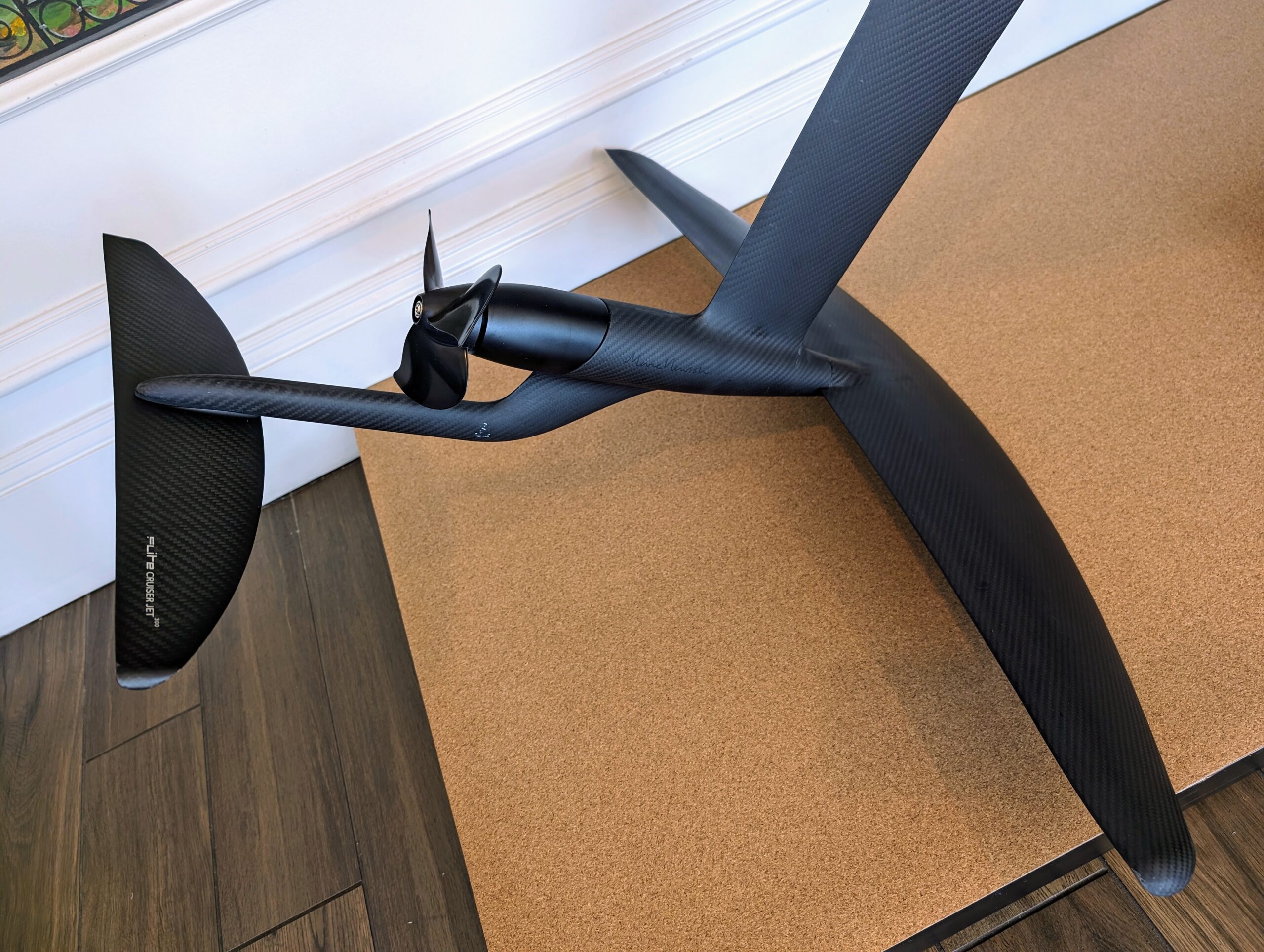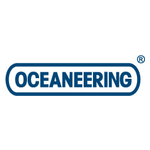BHP has announced that the M/V Koryu carrier is currently en route on its maiden voyage post Norsepower Rotor Sail (NPRS) installation from Japan to Chile.
In August 2022, BHP partnered with Pan Pacific Copper (PPC) and Norsepower to reduce greenhouse gas (GHG) emissions from maritime transportation between BHP’s mines in Chile and Pan Pacific Copper’s smelters in Japan.
Almost two years later in June 2024, BHP, PPC and Norsepower completed the retrofit installation of NPRS onboard the M/V Koryu.
NPRS is a modernised version of the Flettner rotor that harnesses wind to improve ship fuel efficiency.
When wind conditions are favourable, NPRS allows a vessel’s main engines to be throttled back, saving fuel and reducing GHG emissions by reducing the power needed to maintain speed and voyage time.
“PPC is delighted that we were able to complete the installation of the Norsepower Rotor Sail onboard M/V Koryu successfully,” PPC executive officer Tomonori Uemura said.
“This project, which aims to reduce GHG emissions intensity in maritime transportation between Japan and Chile, is a symbol of our cooperation with our partners to progress towards a decarbonised society, and we look forward to seeing the rotor sail’s performance.”
NPRS is now onboard the M/V Koryu, a combination carrier operated by Nippon Marine that transports copper concentrates from Chile to Japan and sulphuric acid from Japan to Chile.
“There are multiple onboard innovations that have potential to achieve GHG emissions reduction in the maritime supply chain and we are pleased to have collaborated with PPC and Norsepower, our like-minded ecosystem partners, to retrofit the Norsepower Rotor Sail on M/V Koryu to reduce shipping GHG emissions intensity on our Chile-Japan trade route,” BHP vice president maritime and supply chain excellence Rashpal Bhatti said.
“This route has one of the most favourable wind conditions, which was an important factor that the parties considered. It is one of the longest routes globally with such conditions, allowing the vessel to benefit from the longest ton/mile wind propulsion.”
BHP said using NPRS is estimated to provide an average of 5–6 per cent in fuel savings on the route between Chile and Japan.
The Big Australian, along with PPC and Norsepower, will monitor NPRS’ actual fuel savings and associated GHG emissions reduction while onboard the M/V Koryu.
Subscribe to Australian Mining and receive the latest news on product announcements, industry developments, commodities and more.



